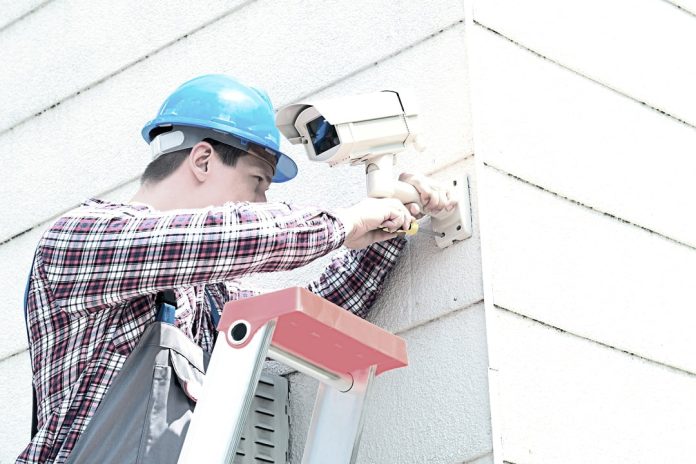For modern integrators, there are plenty of challenges in today’s electronic security market, including the increasing complexity of networked and integrated solutions, falling revenues, the requirement to offer better performance from lower quality product, the challenges of training staff and having trained them, keeping them.
WHAT’S the greatest challenge of the electronic security integrator today? It’s probably penny pinching from end user customers who want to do more with less. What’s the greatest opportunity for today’s security integrator? Providing penny pinching end users with electronic security solutions that deliver layers of automation to reduce the cost of employing staff. It’s a curious dichotomy.
Other challenges include penetration of the integration market by companies that have traditionally worked in the IT area, though this is not as prevalent as it might be. There’s also a trend that sees some IT departments playing a greater role in electronic security integrations. But something that’s worth considering is that the challenges of electronic security business and applications present opportunities for quality to rise to the top.

Something that’s universally acknowledged is that finding trained staff is very tough – and the presentation of qualifications is no guarantee of capability. Zurcorp’s Duane Lankow recently showed SEN a picture of an installation in which cabling in a greenfield site was simply draped over the peak trusses of the roof and looped around compression trusses, instead of being bundled and fixed safely out of the way. Positioned as it was, the roofing material – which was to be tiles – would rest its full weight on the wiring.
According to Lankow, getting quality staff has always been difficult but keeping them is more difficult still.
“You get the full gambit of so-called techs – some don’t know how to work, some don’t want to work, others want to work for themselves,” he explains. “If you’re lucky enough to find a technician of genuine capability and go to the trouble of training them, it’s almost impossible to hold onto them. From the point of view of managing an installation business, this makes things very difficult indeed.”
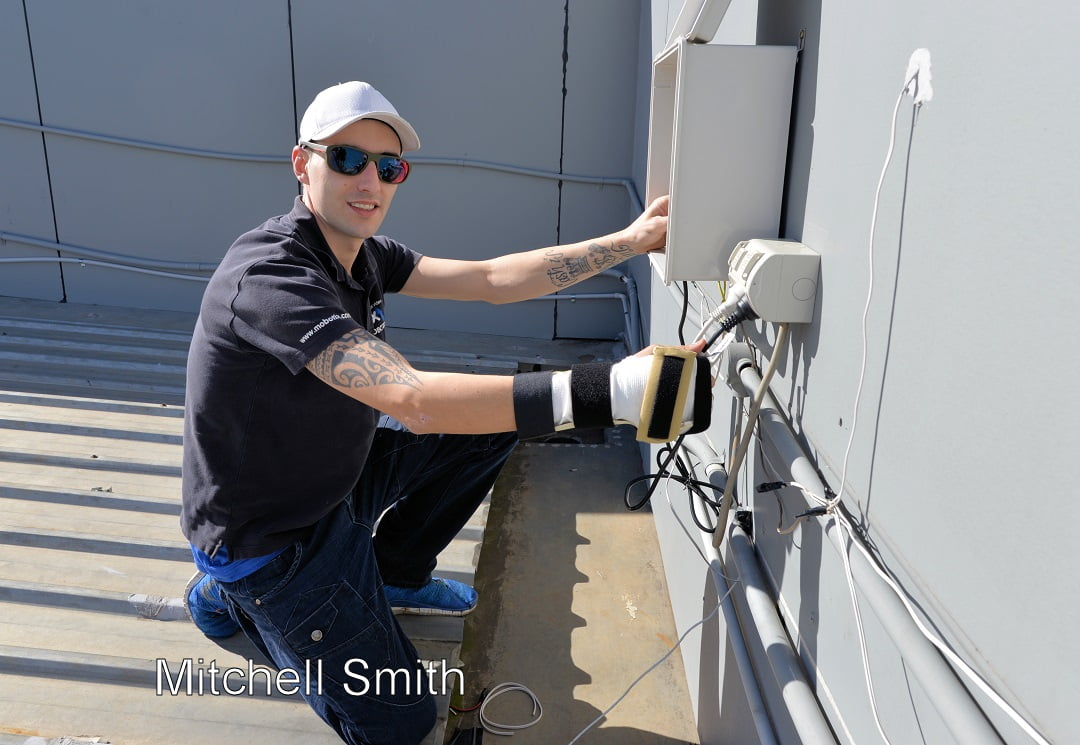
Mitchell Smith operations manager at Platinum AV, agrees that it’s very hard to get capable staff. It can also be hard to get staff with a digital mindset.
“We work in a lot of high end applications and we need our staff to have integrity and that’s something that’s hard to find,” he says. “Finding good staff is challenging – once you have them it’s easier – you need to treat them well and pay them well in order to retain them.
“You’d think it would be easier to find people who know how to install electronic security solutions – but it’s not easy at all. Many techs are still stuck in analogue, DVR, BNC mindsets – even if they install IP they just put in plug and play, which is a compromise and cannot be customised in the real world to suit the challenges of a particular application.”
Smith doesn’t think this is always an age thing.
“What I find is that the older people who do know IP in the electronic security industry are alarm and access control installers – not CCTV guys,” he says. “Alarm and access installers have dealt with data cables and baud rates and workstation management and programming for many years and they understand it. CCTV installers have never experienced digital – it’s like a bolt of lightning.
“When it comes to programming and customising networked security systems, it’s the younger crew coming through that are across IP because they grew up with it. If you understand IP you would leap at DVRs and then NVRs and then install systems that take advantage of network infrastructure – you understand how to do it and it makes sense to do it. If you look at Mobotix and Axis – they are high-end and they support IP ecosystems – install the cameras and support them with a strong office NAS with good read and write capability and there’s your decentralised system. But many installers are selling end users plug and play kits for 1000 – that’s not our market.
“I’ve taken over many jobs from poor installers, including big organisations – it happens multiple times a week. You find installations that are poorly installed and get on-sold between companies that have no idea of how to install a system properly – the techs are poorly trained and are not across the capabilities of the product. It’s hell for end users. They don’t know how a system is meant to work. I’ve fixed jobs in a few hours that have tormented users for years because the installers did not understand networking, or had not accessed particularly pieces of functionality in the system.”
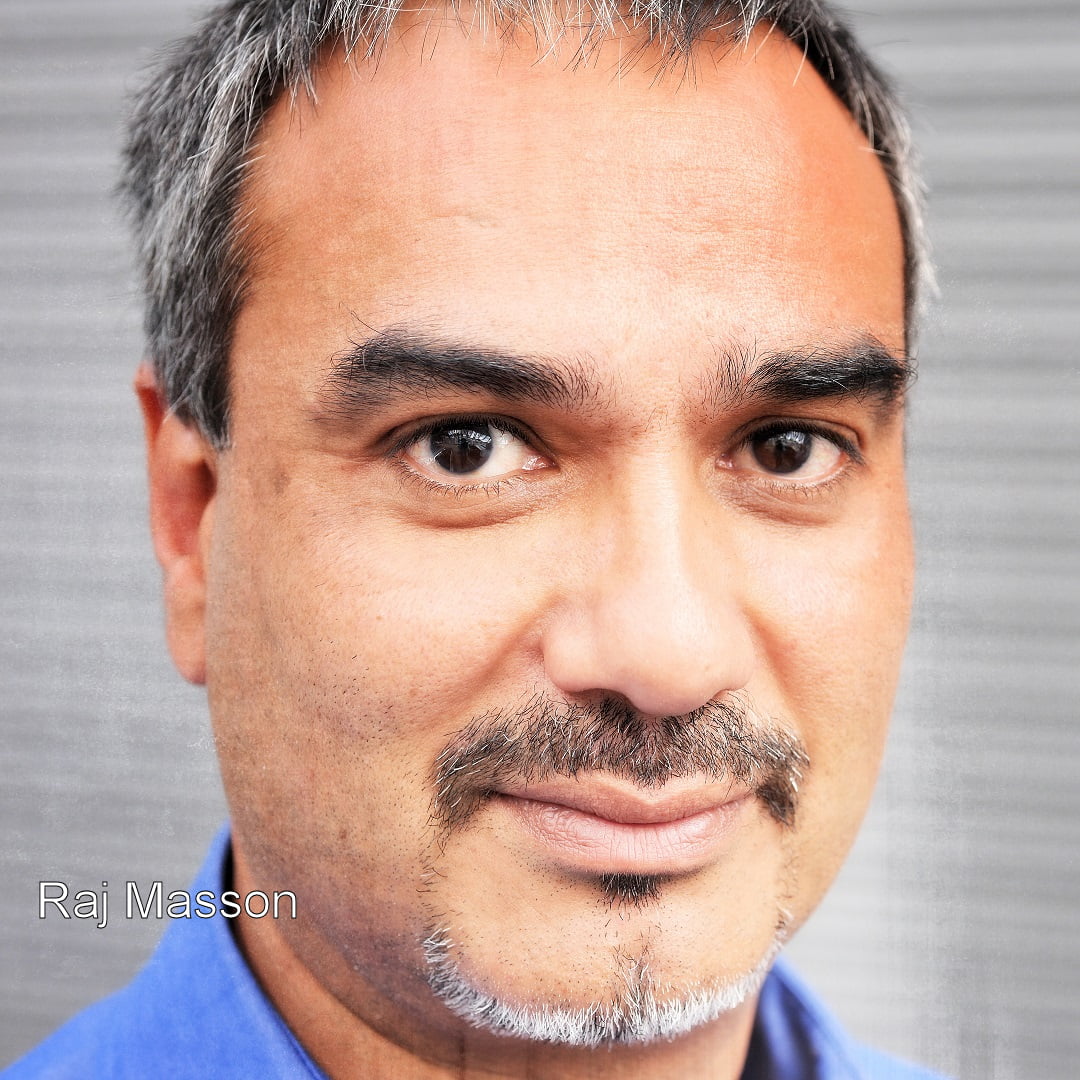
It's not just staff that challenges integrators. The systems themselves are never easy. Raj Masson at ECS Services says the ECS team loves challenges of integration because many get it wrong.
“There are many keys aspects to integration and the first and most critical is understanding,” Masson says. “We must seek consultation with the stakeholders and clearly understand and agree on the outcomes. Many electronic security vendors make claims towards integration but what they really offer may not meet the needs of the stake holders, an example of this is CCTV having an HLI with access control, but then realize that the integration is not bi-directional.
“The next important part of the puzzle is having the right team that is capable of understanding the real needs and are able to make something new happen,” he says. “This is where ECS excels, For ECS, integration is not simply buying an integration module from a vender but exploring every opportunity to make the systems shine and do things not thought possible. In a nutshell, it takes active listening, good communication internally and externally and a solid skill set to achieve true Integration with outcomes that clearly meet or exceed the client’s expectations.”
Masson says it’s vital to hire people with the right attributes and then need to mentor them and train them towards best practise.
“We ensure that all integration team members are constantly informed of the needs which are the KPI’s of the project,” he explains. “We then try to meet the extra desires of the clients which we call ‘stretch KPI’s’ of the project. It should be reiterated that having good code writers and hardware people is only a part of the team solution – there needs to be a culture of passion towards integration which drives innovation, it is then up to management to make the solution meet the financial needs which is achieved through of the box financial modelling.
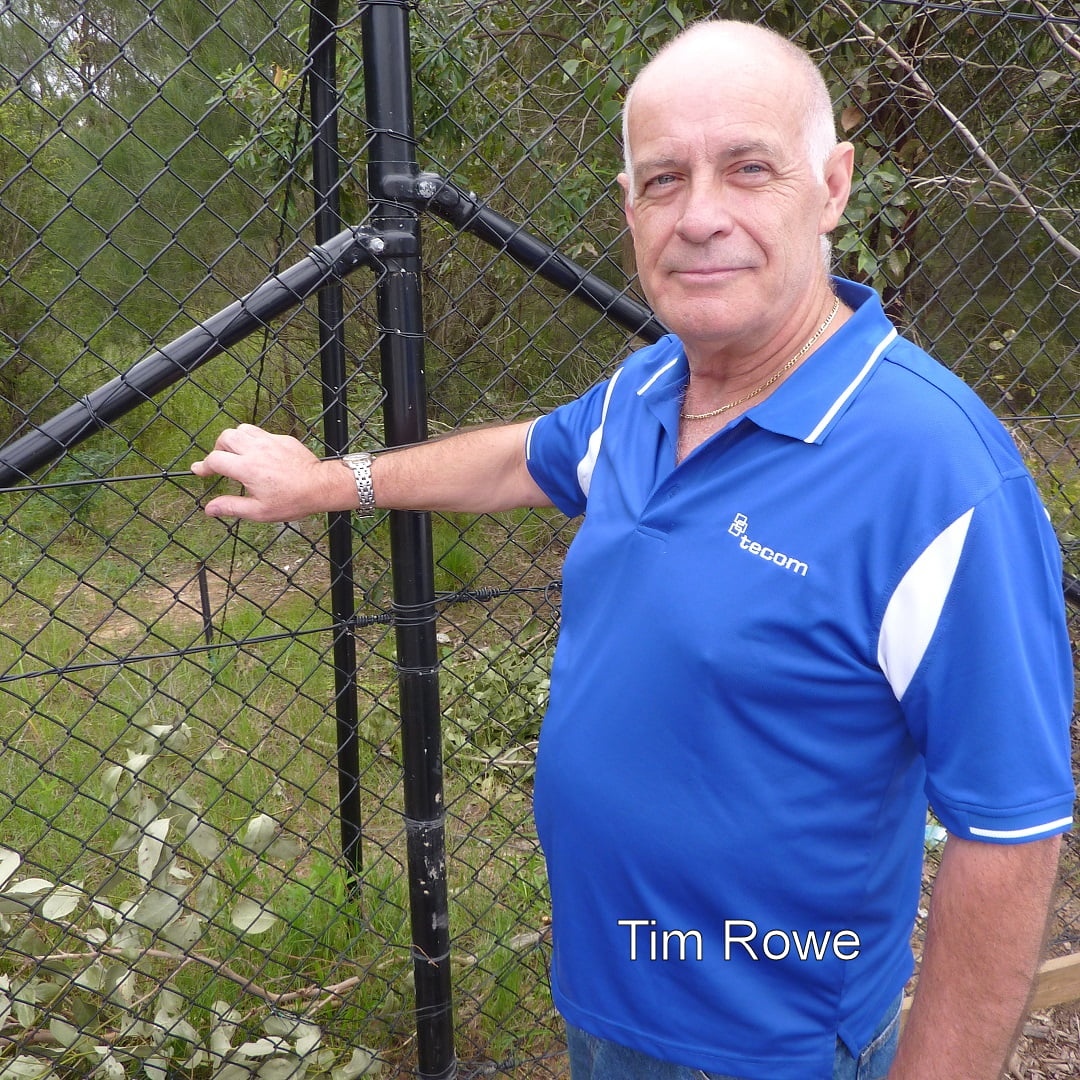
Something else that can be a challenge is an end user desire to save money that ends up leaving quality integrators with challenges not of their own making.
For Tim Rowe, director at Digital Connections & Security Systems a problem he faces regularly relates to end users calling up wanting help with DIY CCTV solutions they have bought from retailers or online stores.
“Customers have purchased a DIY CCTV systems with 8 cameras for $499 and cannot install the system,” he says. “When told the system might take up to a day to install and informed of the cost they think they are getting ripped off. When the system fails and/or the quality is not what they expected, they blame the installer even when they are informed prior that the system is not worth the money they paid.”
Rowe says staff are not a problem for DCSS.
“I’ve never had any problem obtaining good staff as I use quality contractors, pay them above their rate and expect quality work.”
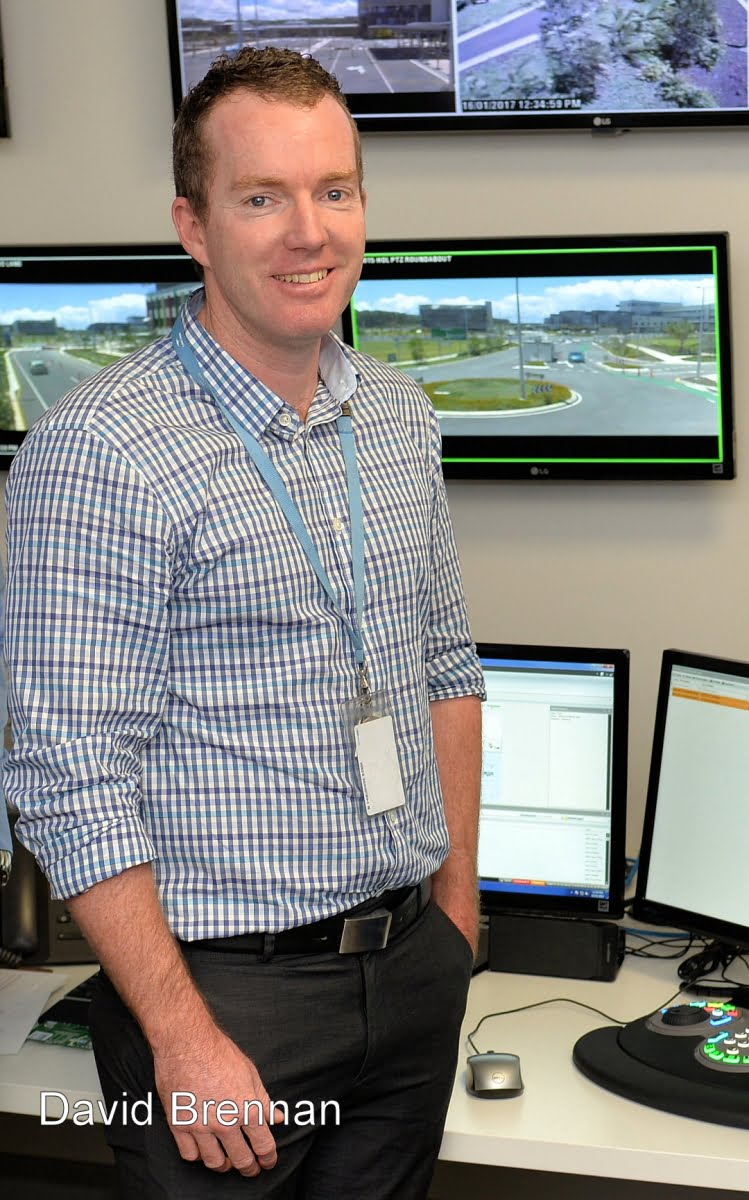
Meanwhile, for David Brennan of Schneider Electric, while juggling contractors can be an issue, the greatest challenges relate to managing large integrations.
According to Brennan, core issues for integrators depend to some extent on the nature of the application they are engaged with but there are consistencies. Brennan argues that with applications where the network is a vital component of an integrated electronic security system, ensuing network availability where it is needed can a considerable challenge.
“Network availability on sites under construction impacts on the speed at which a system can progress,” he explains. “Other challenges include the experience of the team, familiarity with product, the level of support you get from suppliers and the quality of your planning."
“If your planning is careful and you know where you are with every aspect of an integration, then you are able to ensure the work is progressing and to communicate issues as they arise,” Brennan says. “This applies especially when you are part of a construction process that is constantly under review – your integration becomes a moving target and is harder to plan for.
“In many cases, the unfolding process of an integration may look good on paper but on the ground, for a range of reasons, everything may suddenly happen at once. When it does, only good planning will save you.” ♦




